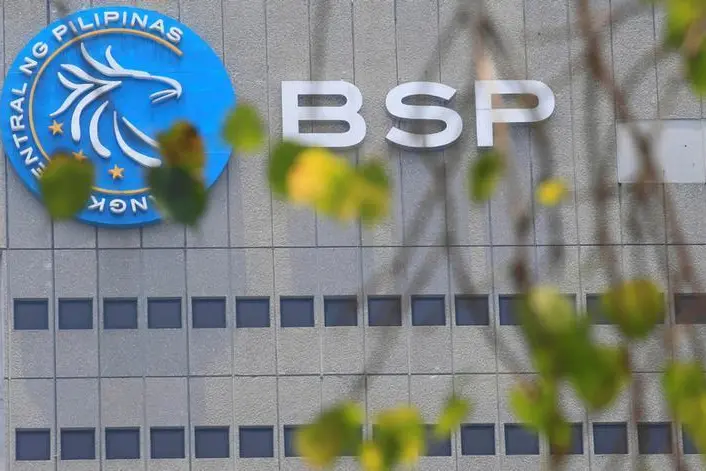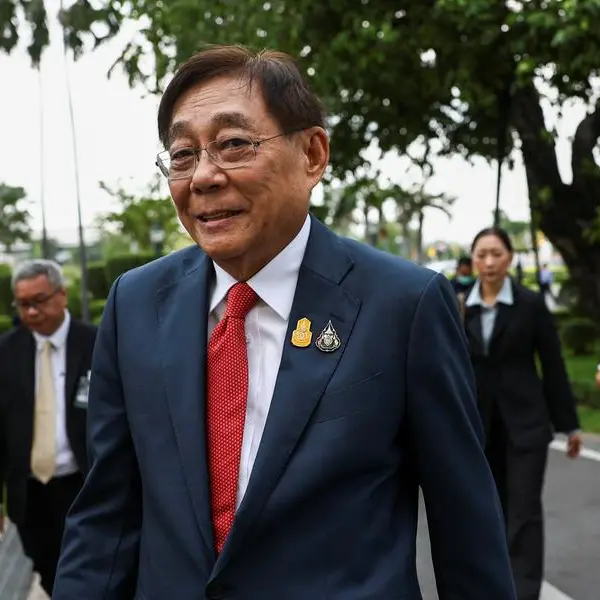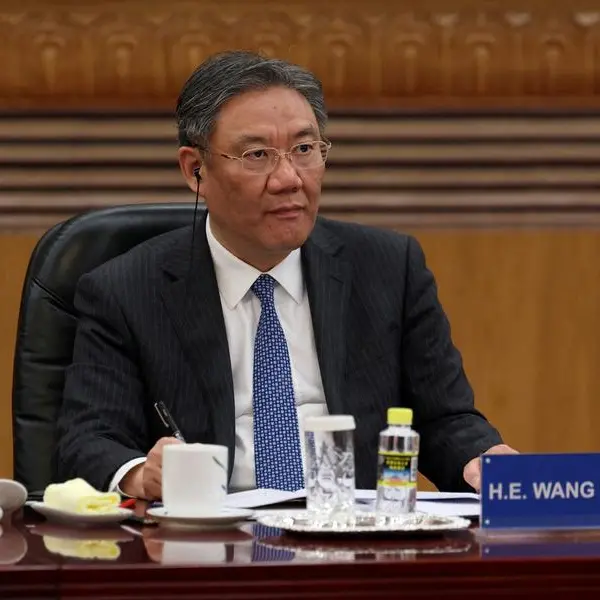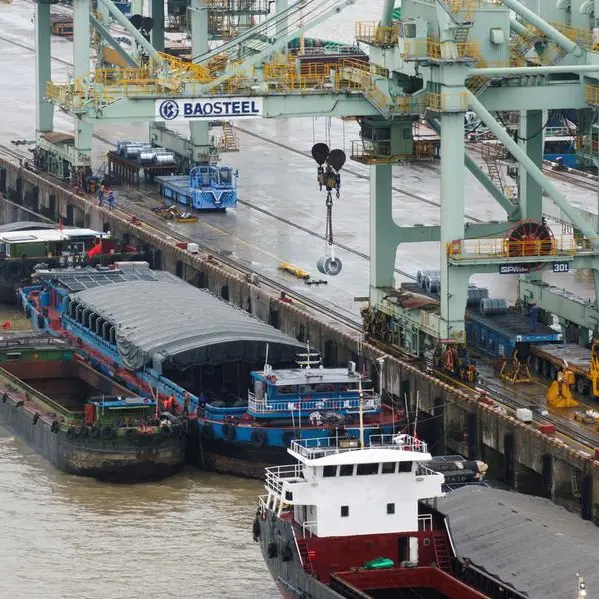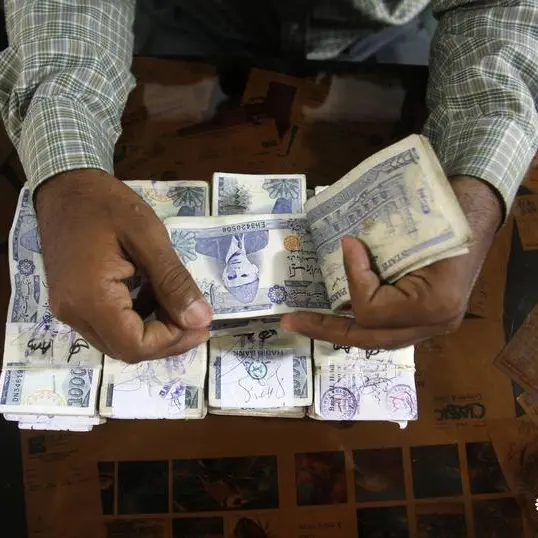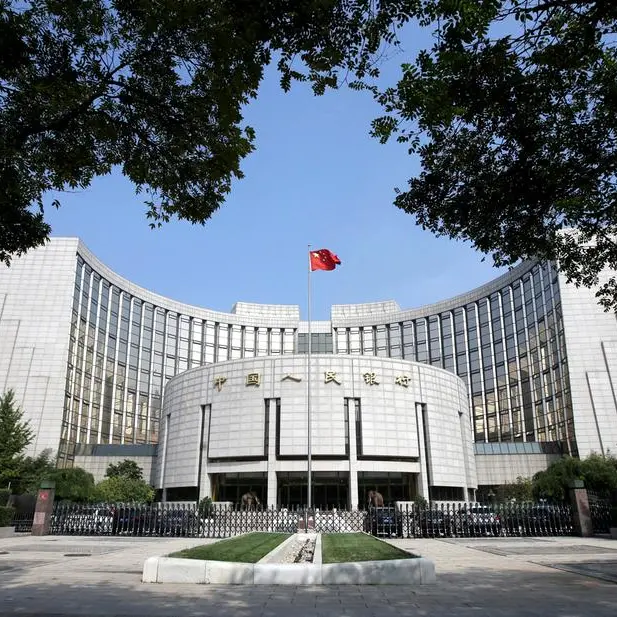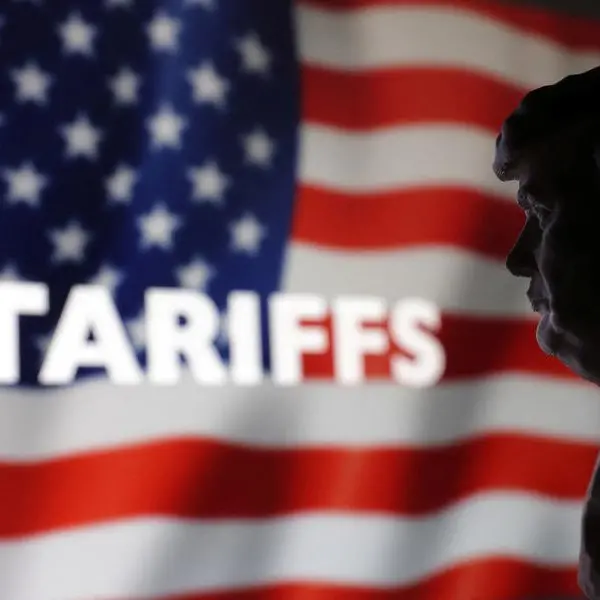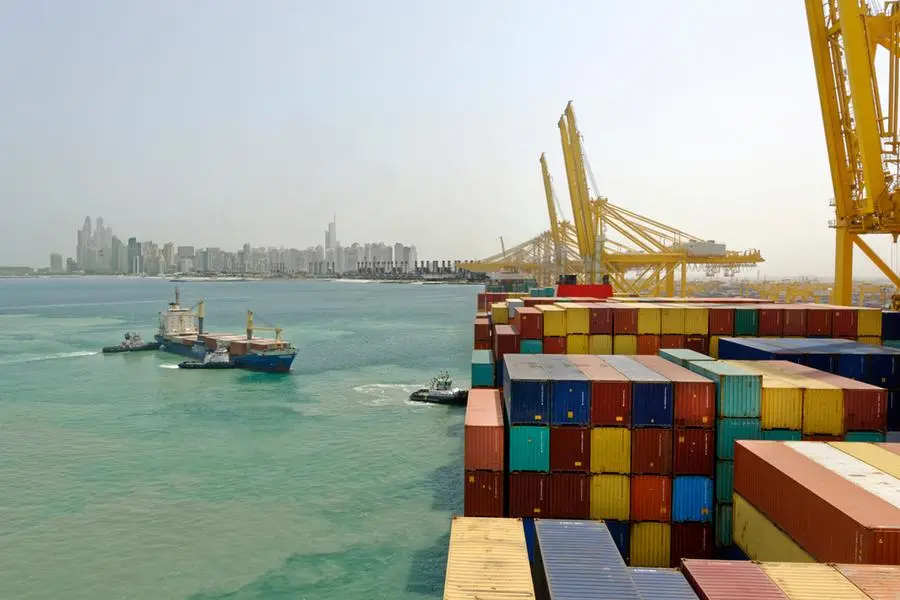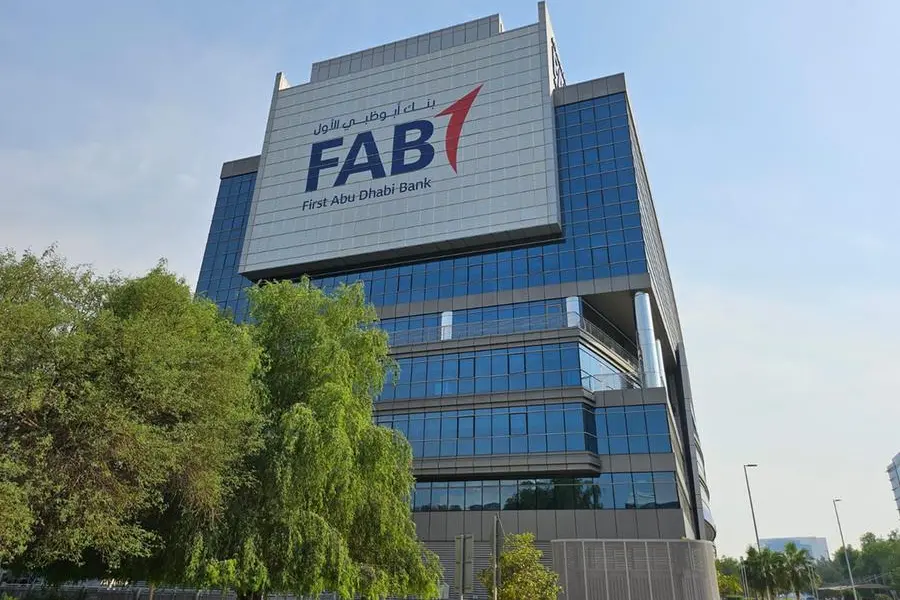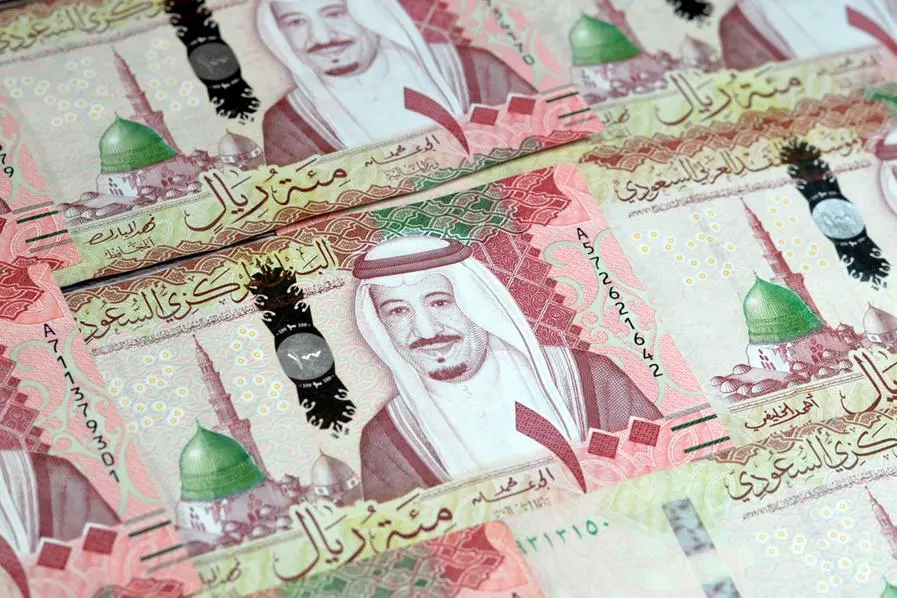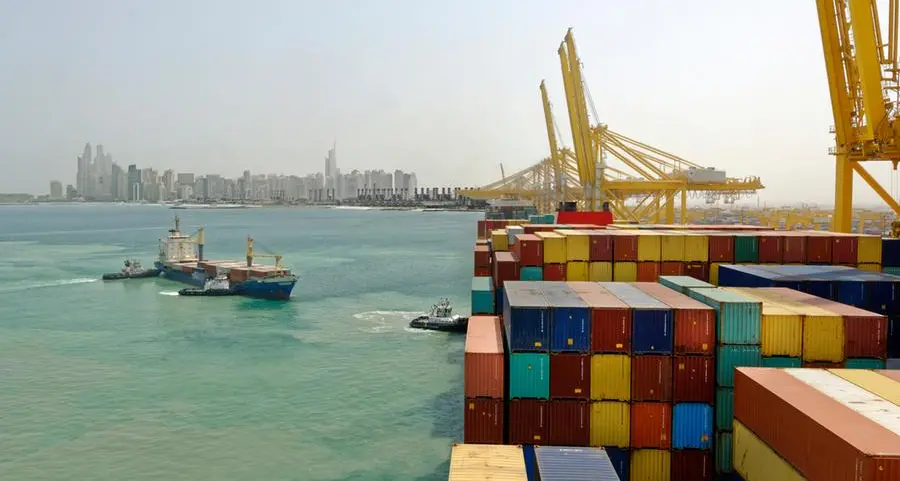PHOTO
A logo of the Bangko Sentral ng Pilipinas (Central Bank of the Philippines) is seen at their headquarters in Manila, Philippines April 28, 2016. Romeo Ranoco, Reuters Image for illustrative purpose. Image for illustrative purpose
The Bangko Sentral ng Pilipinas (BSP) is set to issue the blueprint for multilateral cross-border payments connectivity among the Association of Southeast Asian Nations (ASEAN).
BSP Deputy Governor Mamerto Tangonan said the Philippine central bank is prioritizing the establishment of interoperable cross-border, real-time retail payments systems among ASEAN member states.
Tangonan told reporters that the BSP is addressing challenges, such as high costs, limited access, low speed and lack of transparency.
He said the BSP has partnered with the Monetary Authority of Singapore and the Bank Negara Malaysia.
'We're also working on cross-border payments. We will be completing the blueprint of this scheme this year,' he said.
The Philippines' InstaPay scheme can be linked with Singapore's PayNow and Malaysia's DuitNow for cross-border transactions.
Of the 1.7 million overseas Filipino workers (OFWs) in 2020, about 5.3 percent are in Singapore and 1.5 percent are in Malaysia.
'We have a large Filipino community based in Singapore. We anticipate that this will bring a lot of benefits for them because we're working to make this one of the least expensive cross-border remittance service in the market,' Tangonan said.
Furthermore, Singapore and Malaysia are among the top 10 country of residence of tourists that visited the Philippines in 2019 or prior to the pandemic.
Tangonan said Singapore, Thailand, Indonesia, Malaysia and Vietnam are consistently among the top trading partners of the Philippines.
Aside from ASEAN, the BSP is also looking at further expanding the coverage to Saudi Arabia and United Arab Emirates.
'We're going to start regional, but the outlook is global. Because this is a solid stepping stone for us to be able to reach and offer this network service to other regional payments networks,' he said.
The BSP official said the central bank is also working with the Bank for International Settlements Innovation Hub based in Singapore for the cross-border payments.
After the person-to-person transactions, he said the BSP would also work on merchant payments.
Under its Digital Payments Transformation Roadmap, the BSP aims to convert 50 percent of total retail transactions in terms of volume to electronic channels, and increase the number of Filipino adults with bank accounts to 70 percent by the end of 2023.
The twin goals are within reach as the share of digital payments to total retail transactions increased to 42.1 percent in 2022 from 30.3 percent in 2021, while the number of banked Filipino adults jumped to 56 percent from 29 percent.
Tangonan said the BSP is also set to wrap up the two-phase run of Project Agila or the pilot testing for the wholesale central bank digital currency (CBDC).
Aside from obtaining knowledge of CBDC, Tangonan said the project aims to establish a firm baseline in pursuit of CBDC projects that address pain points in payments.
The BSP aims to pursue 24/7 wholesale fund transfers across a limited number of financial institutions.
'As you know, we're doing this because wholesale CBDC presents to us huge opportunities for even increasing the safety and efficiency of large value payments,' Tangonan said.
Copyright © 2022 PhilSTAR Daily, Inc Provided by SyndiGate Media Inc. (Syndigate.info).
